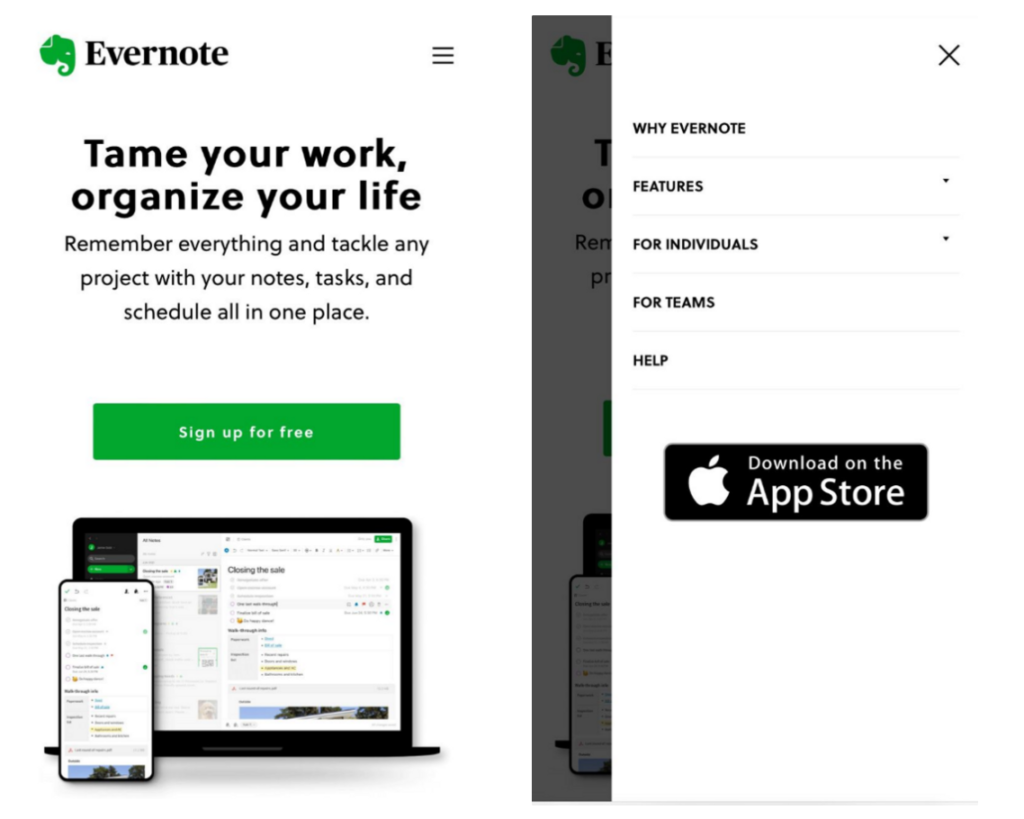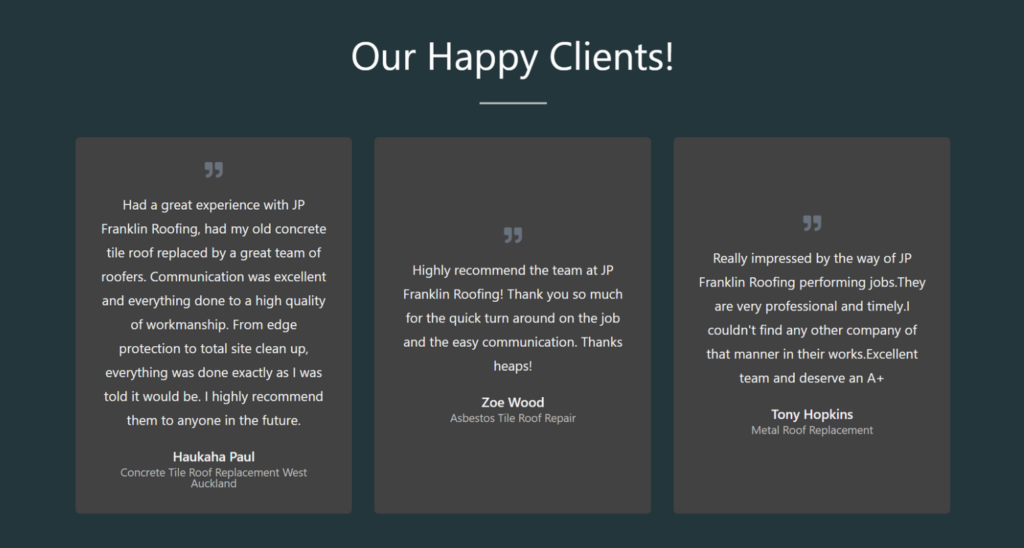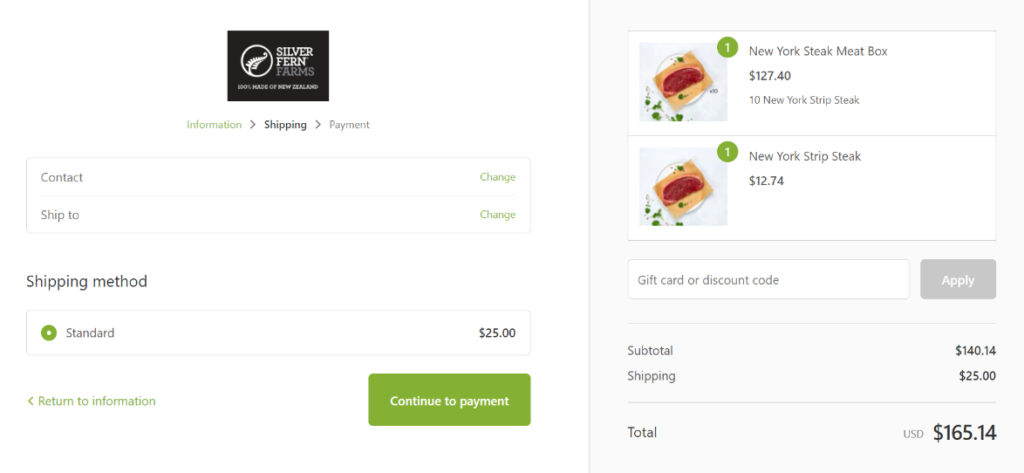In the highly competitive world of online sales, attracting and converting customers is key to success. To maximise your sales and grow your business, it’s essential to leverage Conversion Rate Optimisation (CRO) techniques.
CRO involves systematically improving your website’s performance to increase the percentage of visitors who take desired actions, such as making a purchase. For example, optimising the layout and design of your online webpage to create a seamless and compelling user experience can significantly impact conversion rates.
CRO Techniques for Sales
1. Simplify your website
Your website is a crucial component of your digital sales strategy. It is the first point of contact between your business and your potential customers, and it is essential to make it easy for them to navigate and find what they are looking for. A well-designed website can help to establish your brand and build trust with your customers. Here are some tips to help you create a website that will help you double your digital sales:
- Use Clear and Concise Language: The language you use on your website should be clear and concise. Avoid using technical jargon or complicated terms that may confuse your customers. Instead, use language that is easy to understand and that accurately conveys your message. This will help your customers to quickly understand what your business is all about and how it can benefit them.
- Simplify Your Website Navigation: Your website navigation should be easy to use and intuitive. Make sure that your menu items are clearly labeled and that they lead to the relevant pages on your website. Avoid using too many menu items or submenus, as this can make it difficult for your customers to find what they are looking for. Instead, focus on creating a streamlined navigation system that will make it easy for your customers to find the information they need.
- Use High-Quality Images: Images are a powerful tool for engaging your customers and creating a visually appealing website. Use high-quality images that showcase your art or products in the best possible light. Make sure that your images are optimised for the web, so they load quickly and don’t slow down your website.
- Make Your Website Mobile-Friendly: With more and more people using their mobile devices to browse the internet, it is essential to make sure that your website is mobile-friendly.
A mobile-friendly website will not only improve your search engine rankings, but it will also make it easier for your customers to access your website from their mobile devices. To do this, use responsive design, which will ensure that your website looks great on any device, regardless of the screen size.
Optimise your page’s design and layout to accommodate smaller screens, improve readability, and make CTAs easily clickable (as in the following examples).
DESKTOP

MOBILE

2. Use social proof
Social proof is an incredibly effective psychological phenomenon that can have a significant impact on consumer behavior. As humans, we are wired to seek the approval of others, and this is especially true when it comes to making purchasing decisions. By leveraging social proof, you can tap into this innate desire and use it to your advantage.
One of the most common ways to use social proof is by displaying customer reviews and testimonials on your website. When potential customers see positive feedback from others who have used your product or service, they are more likely to trust your brand and feel confident in making a purchase. This is why it’s so important to actively encourage customers to leave reviews and testimonials, and to prominently display them on your website.

Another way to use social proof is by showcasing your social media followers and engagement. When people see that your brand has a large and engaged following on social media, it can help to build credibility and trust. This is especially true if your followers are actively engaging with your content and leaving positive comments.


In addition to these tactics, there are many other ways to use social proof to your advantage. For example, you could highlight any awards or certifications your business has received, or feature endorsements from well-known influencers in your industry. The key is to find ways to demonstrate your credibility and build trust with potential customers, and social proof is one of the most powerful tools you have at your disposal.

3.Create urgency
Creating a sense of urgency is an effective way to encourage potential customers to make a purchase. However, it is important to use this technique carefully and ethically to avoid misleading or pressuring customers into making a purchase they may regret.
One way to create a sense of urgency is by using limited-time offers. This technique involves setting a deadline for the offer and communicating this deadline to potential customers. For example, you could offer a discount that is only available for the next 24 hours. This creates a sense of urgency and encourages potential customers to act quickly to take advantage of the offer.

Another way to create urgency is by using countdown timers. These timers can be displayed on your website or in your email marketing campaigns to communicate how much time is left before an offer expires. This reinforces the limited-time nature of the offer and can encourage potential customers to make a purchase before the deadline.
Finally, low-stock notifications can also be used to create a sense of urgency. By letting customers know that a product is in high demand and may sell out soon, you can encourage them to make a purchase before it’s too late.
However, it is important to make sure that you are clearly communicating the benefits of acting quickly and the urgency of the offer without pressuring or misleading potential customers. By using these techniques ethically and effectively, you can create a sense of urgency that motivates potential customers to make a purchase before the offer expires.
4. Optimise the Checkout Process
To further improve the checkout process and reduce cart abandonment, it’s important to consider additional strategies that can help optimise the user experience. One of these strategies is to provide customers with a clear and transparent view of their order summary, including the cost of each item, shipping fees, and any applicable taxes or discounts. This information should be displayed in a simple and easy-to-understand format, so that customers can quickly and easily review their order and ensure that everything is correct.

Another important consideration is to offer customers various shipping and delivery options, including expedited and standard shipping, as well as the ability to track their package. By providing customers with visibility into the delivery process, businesses can help reduce anxiety and uncertainty about shipping times and delivery dates, which can have a positive impact on customer satisfaction and loyalty.

In addition to these strategies, it’s important for businesses to consider the overall design and layout of their checkout page. A well-designed checkout page should be clean, simple, and intuitive, with clear and concise instructions to guide customers through the process. It’s also important to minimise distractions and avoid clutter, as this can make it more difficult for customers to complete their purchase.
Finally, businesses should consider incorporating additional features and functionality that can help further streamline the checkout process and improve the overall user experience. For example, allowing customers to save their payment information for future purchases can help reduce friction and make it easier for them to complete their purchase in the future. Similarly, offering customers the ability to sign up for a loyalty program or rewards program can help incentivise repeat purchases and drive customer loyalty.


